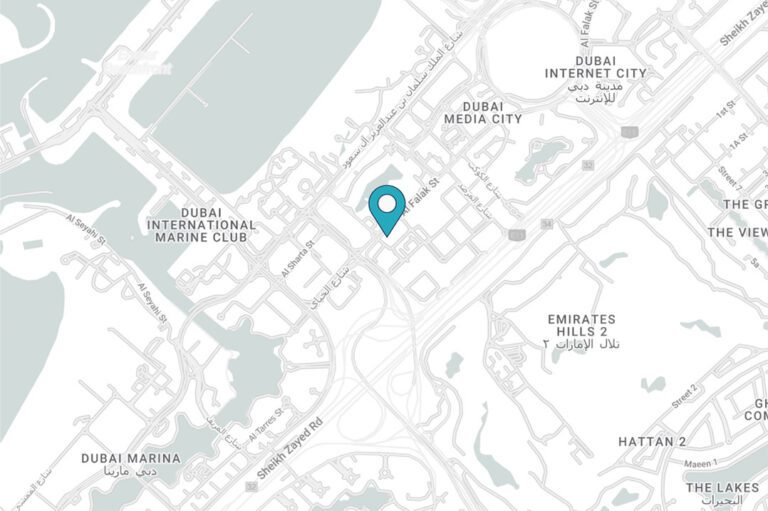 If you ask me to imagine the future, the first thing my mind often flicks to is the opening scene of Futurama – with flying cars and robotaxis gliding over giant skyscrapers. This always felt like an incredibly distant vision but autonomous flying machines are here today and they are already doing a lot of good in the world. This was the key takeaway from Drone X which the Tech team attended a few weeks back.
If you ask me to imagine the future, the first thing my mind often flicks to is the opening scene of Futurama – with flying cars and robotaxis gliding over giant skyscrapers. This always felt like an incredibly distant vision but autonomous flying machines are here today and they are already doing a lot of good in the world. This was the key takeaway from Drone X which the Tech team attended a few weeks back.
Never one to miss an opportunity away from the desk, here are the collective thoughts and general musings from the team.
Aerial autonomy is edging closer: Autonomous flying machines aren’t a futuristic vision, they are here today. Autonomous drones are delivering groceries to shoppers in Ireland (thanks to Manna), providing medical aid in Africa (thanks for Zipline), transporting chemotherapy medication to the Isle of Wight (thanks to Apian) and completing utility inspections (thanks to Phoenix Air Unmanned). Meanwhile, air taxi leaders, backed by billions of dollars in investments and SPAC deals are all completing test flights, planning commercial passenger services and taking orders while regulations and infrastructure plays catch up. As with any new technology rollout, customer demand will drive adoption and this is today coming from commercial organisations, emergency services, security companies and humanitarian aid providers. There was a distinct sense of immediacy at the show this year, a sharp contrast to last, where the event was filled with far more CGI visuals and concepts.
Standing out in a crowded market isn’t easy: The advanced air mobility market is extremely crowded, with fixed wing, rotary wing, hybrid vertical take-off and drone companies all vying for a piece of the action. Fun fact, the electric vertical take-off and landing (eVTOL) directory alone has now surpassed over 600 designs, which tells you everything you need to know about how organisations are approaching the challenge at hand – they’re doing it “their way”. With so much competition, finding unique points of difference will be key in order to stand out to investors, press, partners and future talent. As storytellers, we have a real responsibility here. The last thing this industry needs is confused messaging or any more acronyms. AAM (advanced air mobility), ANSP (air navigation service provider), BVLOS (beyond visual line of sight), IMC (instrument meteorological conditions), HADO (high intensity airport drone operations), RPAS (remotely piloted aircraft system), UAS (uncrewed aircraft system). That’s just the tip of the iceberg.
Collaboration is king: Collaboration was definitely the buzzword of the show this year. Everybody was talking about it. The need to work together in order to create a safe airspace. The importance of a consultative approach to set standards and define regulations. The role consortiums will play to ensure organisaitons are looking at the big picture. Learnings that can made from other sectors (automotive and maritime), who are further ahead on their autonomous journey. For all of the talk about collaboration and transparency, there were surprisingly few who seemed willing to ‘bare all’ in the same way that @Barry Koperberg, Founder of the @Wings For Aid Foundation did. His honest and transparent approach, where he openly presented his business strategy, certification learnings and a recent mishap was refreshing to see. This is a man on a mission to get his technology in the air as quickly as possible so that he can help to save the lives of those who need his support – and he wants the rest of the world to follow as quickly as possible behind him.
The big tech players aren’t ready yet: There is an interesting cultural dynamic in the industry, as aviation leaders like Boeing, Rolls Royce and Airbus sit alongside comparatively new technology scale-ups, like Lilium, Volocopter and Manna Drones. Each has a different background, proposition, certification journey and safety history. You didn’t need to be a detective to notice that the big tech players were missing at the show. AI, IOT, 5G, simulation and big data are all colliding at force here to realise this new era of aviation so it will be exciting to watch this story unfold as the industry matures and the tech sector really begins to put its weight behind everything.
Storytelling is key: The key message from Drone X was loud and clear. The UAS industry is about to take off. In her panel discussion, Mariya Tarabanovska at Flight Crowd mentioned that while the industry does all that great work, most of it is being done “behind closed doors”, for VIPs or investors eyes only. “There is still a lot of work to be done to take the general public on a journey, from the moment they first discover the industry to the moment they themselves are involved”.
Our overall take on Drone X was that in such a crowded landscape, the real winners will be those who can most effectively tell their story. There is a clear need to demystify these complex technologies and humanise the narrative, shifting it onto the passionate leaders who are driving change and those who have had their lives positively improved or saved.
Here at Performance Communications, this is our bread and butter and we look forward to working more closely with those in the ecosystem who are looking to stand out, unlock investment and scale.
Photo by Jack Anstey on Unsplash
















